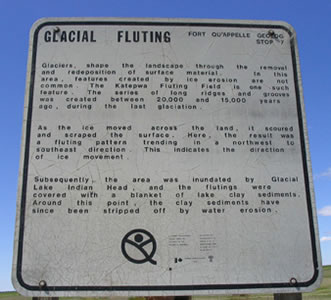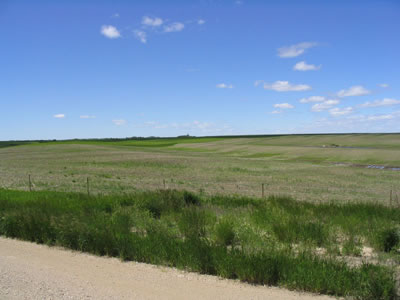
 |
|
Qu'Appelle Valley Geolog Stop 7
- Katepwa Fluting Field
[ Previous Stop ] [ Next Stop ] 
Geology Stop 7 does not look like much from the ground, but photographs taken from the air show a different story. The Katepwa Fluting Field is composed of a series of parallel, curved ridges and grooves that were cut into the upper till of the Floral formation during the last ice age. In the last ice age, as ice and water melted and flowed south, glaciers pushed along the field, leaving in their wake deep grooves that at some points measured 4 -5 metres deep. Since glaciation, about 3 metres of alluvium has been deposited in the grooves. Also, this area has been developed for farming and constant cultivation has changed the landscape, making the fluting less visible than it once was. The plant species listed here were found near the Stop and from the roadside leading into the Qu'Appelle Valley, south of Stop 7.

Plant species found at stop 7:
|
Page last updated on
2004-10-08 |